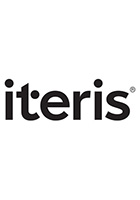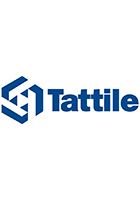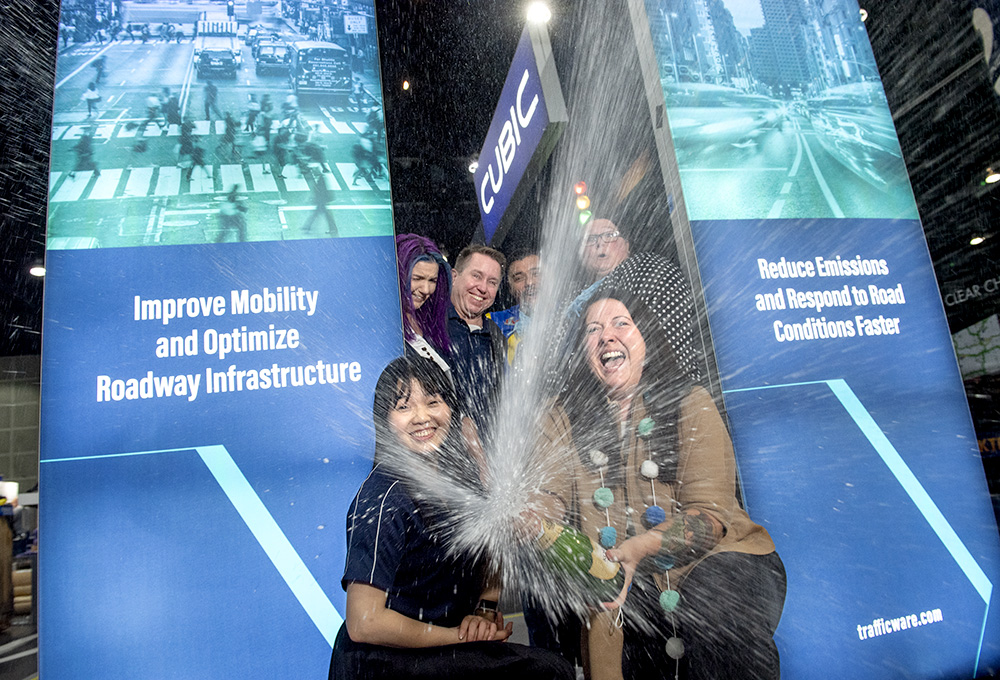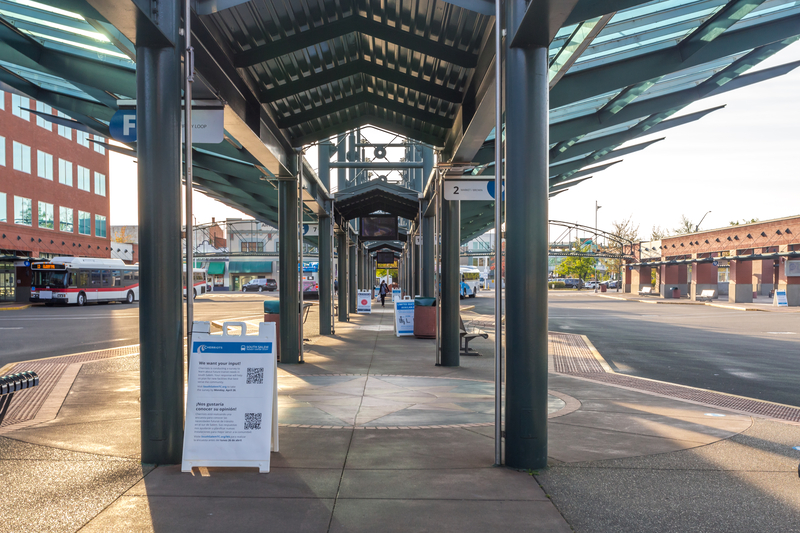
In its early decades, Cubic produced its first fare gates, launched its first fare boxes, and expanded internationally in places like the UK and Hong Kong. Cubic’s ticketing technology continued evolving after its first magnetic stripe paper ticket launch in 1975, followed by the first deployments of its smart card systems in 1999, both with the Washington Metropolitan Area Transit Authority.
In the early 2000s, CTS continued its long-standing partnership with London, creating the Oyster Card, and transforming travel with Europe’s first multimodal ticketing system. London quickly became the first large-scale deployment for contactless bank card ticketing in transit around the world, and the Intellectual Property (IP) for which has subsequently been used to deploy similar solutions to New York, Brisbane, Boston, San Francisco, and Chicago. In 2006, Cubic introduced the first mobile ticketing solution in Germany with its customer RMV. The company continued to pioneer with enabling virtual transit cards within the mobile wallet in places like Chicago, Washington D.C, San Francisco, and LA.
As the industry evolved, so did CTS. In 2013, the company transformed from being transit focused to mobility focused through understanding that people’s journeys consist of multiple modes of transport, from public to private transportation. CTS acquired NextBus to deploy real-time passenger information systems, ensuring bus users always had the most up-to-date travel information for their journeys. They were followed by the acquisition of ITMS from the Serco group, forming the basis of the CTS traffic management solution business.
Since then, CTS’ capabilities for traffic management grew from deploying solutions for London, Ireland, and Scotland to working with the control operations centre in Sydney and managing the transport network to move people and goods around the city intelligently. But we knew artificial intelligence and machine learning were fundamental ingredients in driving intersection management solutions and delivering optimised traffic flows in a town for all road users, pedestrians, cyclists, buses, and vehicles, so CTS invested in Trafficware and Gridsmart in late 2018/ early 2019.
Until now, CTS was very active in fare collection for mega cities, but the company wanted to use its five decades of experience and enable agencies of all sizes to deliver a reliable transit experience for their communities. January 2021 was the birth of Umo, the CTS cloud-based SaaS platform that streamlines payments, making them more accessible and equitable for transit agencies and riders.
The SaaS model allows Umo agencies to meet evolving transit needs with regular feature releases and improvements that grow with the agencies without added costs.
So, what will the next 50 years bring? CTS hopes to bring its experience to new geographic regions.
Recognising that sustainability challenges exist in every city and region, CTS wants to partner with agencies and municipalities to achieve their Net 0 goals. The company works with transit agencies to make public transit the most attractive option for people; where roads are an essential part of travel, CTS traffic management technologies keep people safe and reduce congestion and emissions.
Finally, as an industry, CTS is evolving to a service-centric infrastructure. The company is proud to employ teams worldwide to assist agencies and enhance their operations, regardless of their technology. For example, CTS recently partnered with Ireland’s National Transport Authority to operate the Lead Card system where the system in use isn’t a CTS one.
CTS says that another way to continually drive forward is through partnerships. Earlier this year, the company announced a collaboration with McMaster University to design the future of inclusive mobility through innovation and technology collaboration between government, academia, and the public and private sectors. The heart of the program is developing technology centred on accessibility and inclusion to ensure mobility works for all citizens. The program will also train the next generation of engineers, scientists, and leaders through hands-on research and product development with public and private mobility service providers.
The key to success for CTS has been, and continues to be, its people and their passion. Without so many dedicated ‘Cubes,’ the company wouldn’t be what it is today, pursuing so many meaningful initiatives that will advance and sustain the world and the future of mobility.
Stand 1823


















